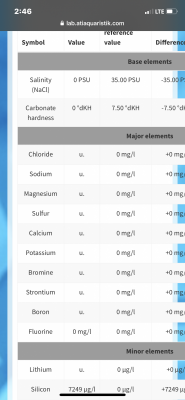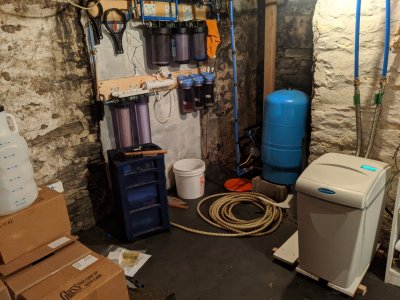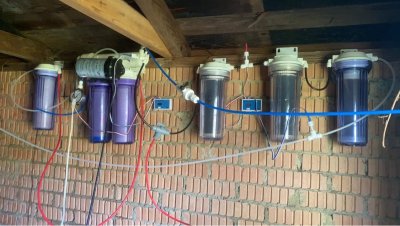i have been adding on to it but feel like im just wasting money since i am not sure on what filters i need for the issues i have.
i have a flush valve installed on the waste line coming out of the membrane. assuming its in the right spot?
Thar is where the flush valve should be but that is not what you use to remove TDS creep. To remove TDS creep you either need a 3 way valve between the membrane and the first DI canister or you need to disconnect the line from the DI canister and run the first minute or two of water down the drain.


























